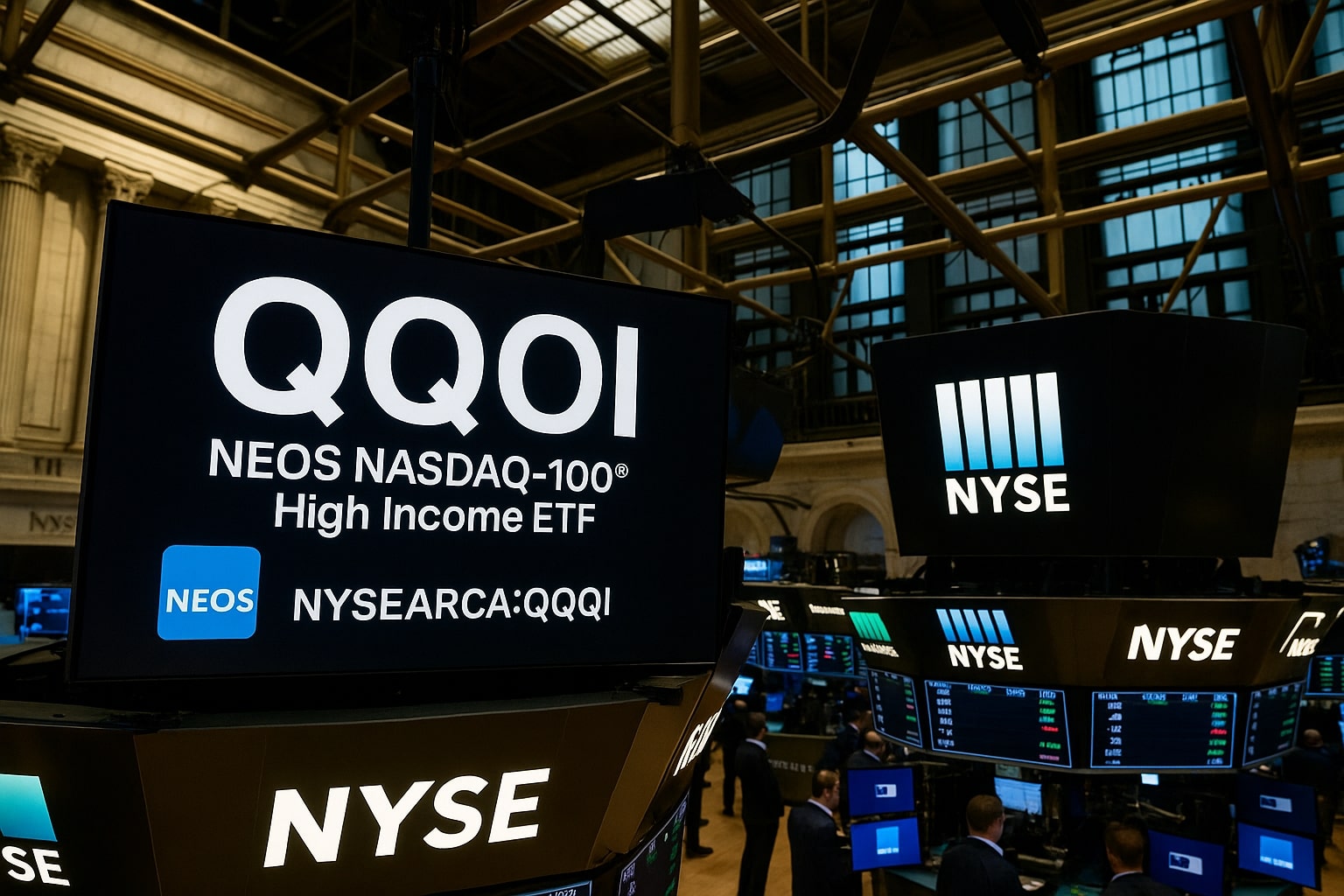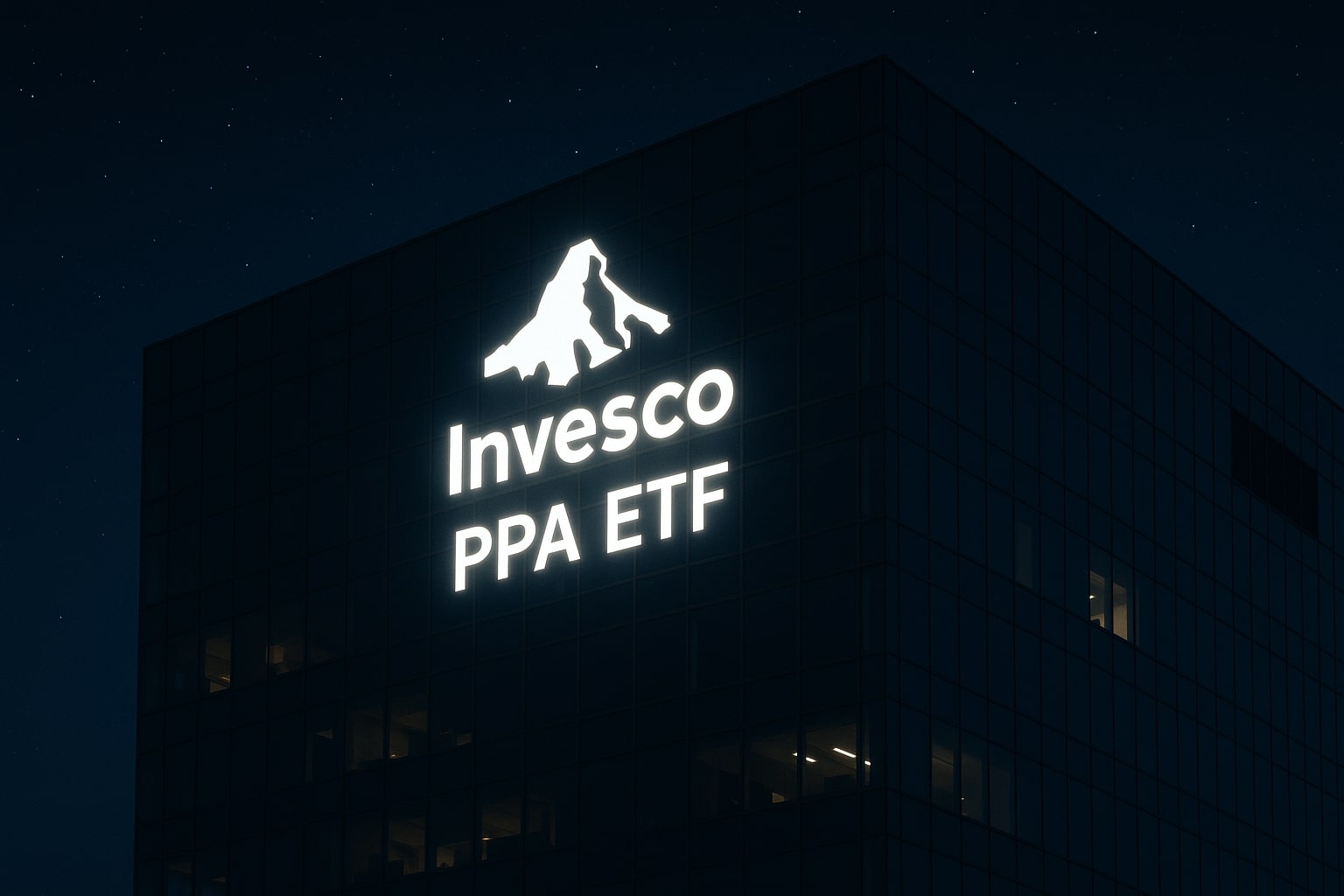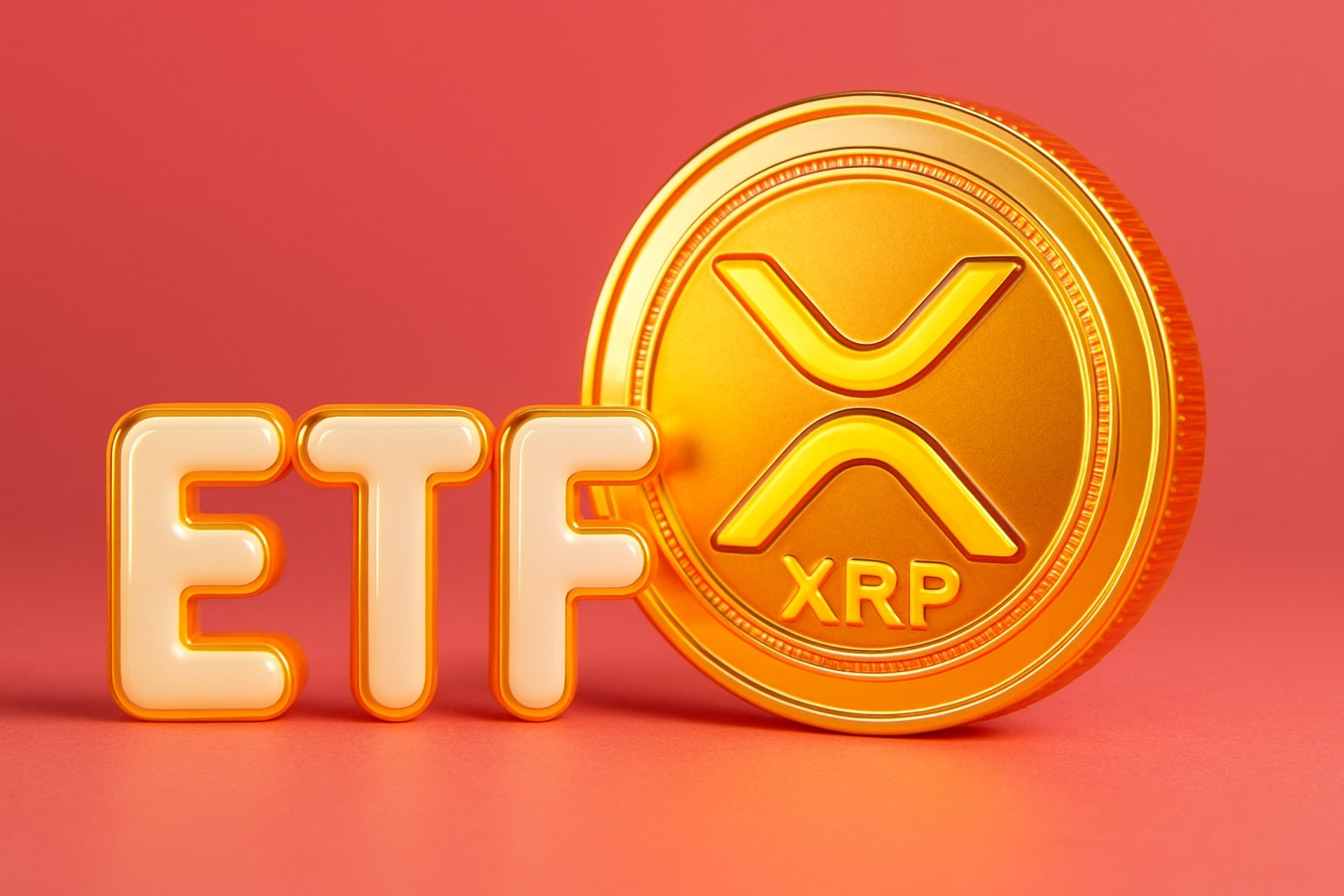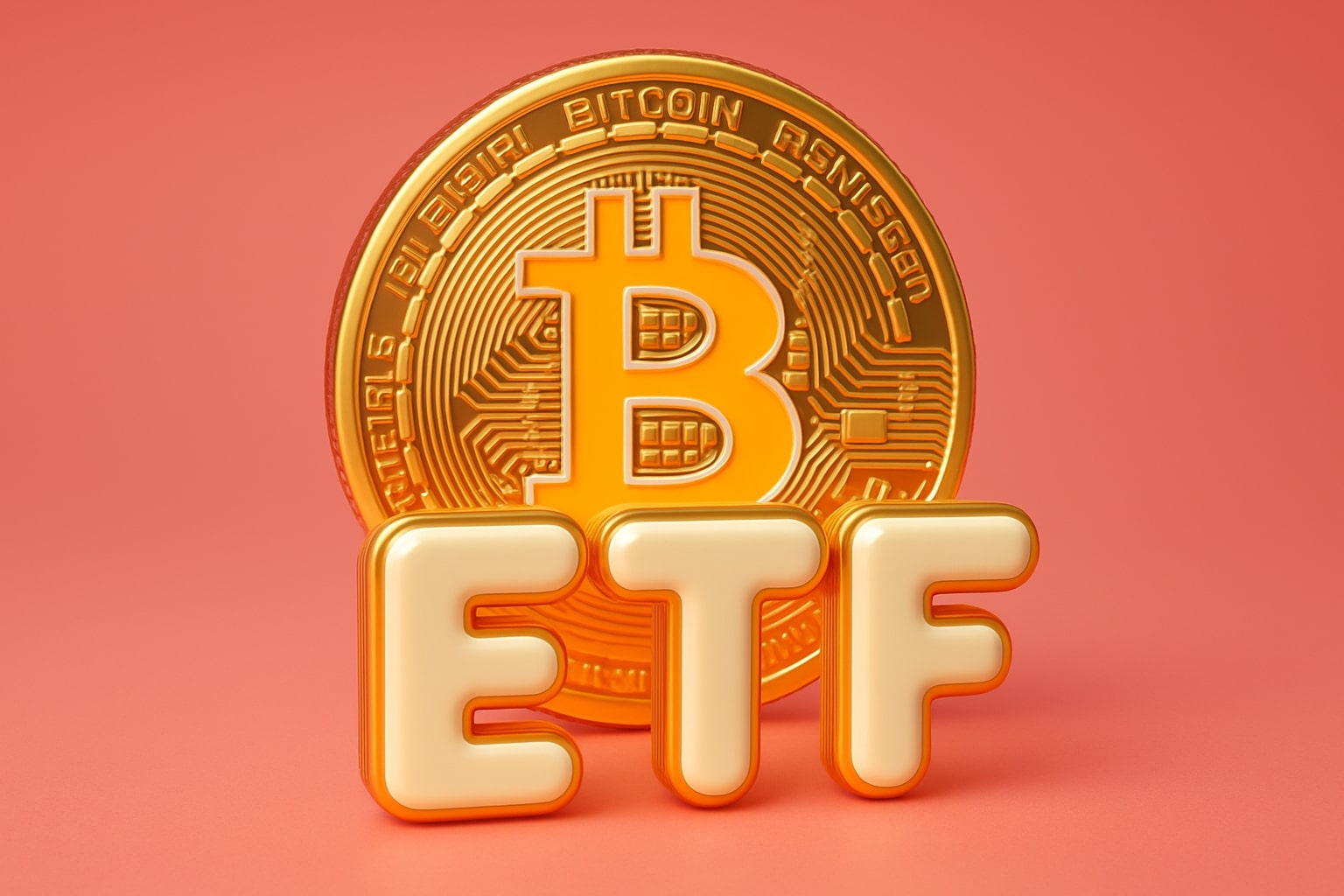
QQQI ETF (NYSEARCA:QQQI) Shows 13.7% Yield and Strong NAV Growth
QQQI ETF Strategy Balances Covered Calls With Upside Capture | That's TradingNEWS
NEOS Nasdaq-100 High Income ETF (NYSEARCA:QQQI) Shows Unique Edge in Income and Growth
QQQI ETF Delivers Strong Income Through Covered Calls
The NEOS Nasdaq-100 High Income ETF (NYSEARCA:QQQI) has rapidly become one of the standout covered-call products in the U.S. market. Since its launch in January 2024, QQQI has delivered total returns of 32.78%, with a trailing twelve-month yield of 13.78%. These results place it in direct competition with JPMorgan’s JEPQ and Global X’s QYLD, but the difference comes from QQQI’s more aggressive and tax-efficient strategy. Unlike peers that blanket the entire portfolio with calls, QQQI managers selectively write calls on a portion of the Nasdaq-100 exposure and reinvest option premium proceeds into out-of-the-money contracts. This allows QQQI to capture more upside when the index rallies while still producing a consistent monthly payout stream. The latest net asset value growth of 30.52% since inception and a year-to-date NAV gain of 9.30% compares favorably to JEPQ’s 5.74% NAV increase, showing that the ETF is striking the right balance between income and capital growth.
QQQI Sector Weightings Highlight Heavy Tech Concentration
The ETF is still closely tied to the Nasdaq-100’s tech concentration, with nearly 53% of assets allocated to technology, 16.5% to communication services, and just over 13% to consumer cyclicals. Health care represents about 4.7%, industrials 3.8%, utilities 1.45%, basic materials 1.3%, energy 0.5%, financials 0.4%, and real estate 0.2%. The heavyweights dominate: NVIDIA (NVDA), Microsoft (MSFT), Apple (AAPL), and Broadcom (AVGO) account for nearly 30% of the portfolio. This gives QQQI significant exposure to mega-cap growth but with the income cushion of covered calls. Since June 2025, the weighting of technology stocks has dipped slightly, reflecting underperformance in the sector and QQQI’s quarterly rebalancing mechanism, which adjusts positions but keeps the Nasdaq-100 alignment intact.
Volatility and Options Market Drive QQQI Yield
What powers QQQI’s ~14% yield is not only its call-writing program but also the heightened volatility in Nasdaq-100 names. The VIX has remained elevated through mid-2025, allowing the fund to sell contracts at more favorable premiums. In this environment, QQQI is better placed than pure long exposure such as QQQ, where investors have to ride out downside risk without income offset. QQQI’s strategy ensures option premiums can absorb part of market drawdowns while continuing to pay monthly distributions. For income investors, that regularity is critical. It also makes QQQI appealing compared to JEPQ, which has offered lower upside capture despite comparable yield mechanics.
Tax Efficiency Adds Another Layer of Value
Another major differentiator is the tax treatment of QQQI’s option income. The fund uses Section 1256 contracts, which are treated as 60% long-term and 40% short-term for U.S. tax purposes. This contrasts with most peers, where distributions are taxed as ordinary income. For investors holding outside retirement accounts, this can be a significant advantage. A portion of distributions is also classified as return of capital, lowering the immediate tax burden and improving after-tax yield. This nuance in portfolio management shows up in performance: since inception, QQQI has consistently outpaced similar income-oriented ETFs while maintaining competitive yields.
QQQI Performance Relative to Peers JEPQ and QYLD
While JEPQ launched in 2022 and has more historical data, the performance comparison in 2025 is clear. QQQI’s NAV and total return metrics have consistently surpassed JEPQ’s, thanks to its willingness to deploy option income into out-of-the-money contracts rather than simply capping upside. Global X’s QYLD, one of the oldest Nasdaq-100 covered-call ETFs, has provided stable income but struggled with long-term NAV erosion, highlighting the challenge of fully covered strategies. QQQI’s more nuanced execution gives it a stronger balance of NAV growth and distributions.
Macro Context and Why QQQI Fits the Current Market
Equity markets remain near record highs with the Nasdaq-100 (QQQ) trading at valuations that many argue lack margin of safety. QQQ is up nearly 35% since early 2024, but the rally has been fueled by a handful of mega-cap names, while smaller growth names continue to lag. For long-only investors, this creates vulnerability to drawdowns if earnings momentum slows. QQQI fits the moment by offering investors continued exposure to leading Nasdaq-100 companies while generating monthly cash flow that can offset part of the risk of elevated valuations. With rising geopolitical tensions, stubborn inflation, and questions around the durability of U.S. growth, volatility is unlikely to disappear, which bodes well for the sustainability of QQQI’s income engine.
QQQI ETF Decision: Buy, Sell, or Hold?
Looking at the numbers, QQQI remains a Buy. A trailing yield of 13.78%, NAV growth of more than 30% since inception, and outperformance versus JEPQ and QYLD make the ETF a standout for income-seeking investors who still want exposure to technology. While the trade-off is capped upside during strong bull runs, the income profile and tax efficiency outweigh the opportunity cost for most investors. With $4.23 billion in assets under management, a 0.68% expense ratio, and consistent rebalancing to track the Nasdaq-100 while extracting option premium, the ETF positions itself as one of the most compelling high-income vehicles tied to the tech sector. For investors who believe the Nasdaq-100 is entering a more range-bound period rather than another runaway rally, QQQI offers a better balance of return and risk than long-only QQQ exposure.
That's TradingNEWS
Read More
-
PPA ETF at $154: Can This Defense ETF Keep Beating ITA and SPY?
14.12.2025 · TradingNEWS ArchiveStocks
-
XRP ETFs XRPI and XRPR Pull In $975M While XRP-USD Fights To Hold $2
14.12.2025 · TradingNEWS ArchiveCrypto
-
Natural Gas Price Forecast: NG=F Hits $4.11 As Warm Winter Outlook Puts $3.913 Support At Risk
14.12.2025 · TradingNEWS ArchiveCommodities
-
USD/JPY Price Forecast - Dollar to Yen Can BoJ’s 0.75% Shock Break The 155–158 Range?
14.12.2025 · TradingNEWS ArchiveForex


















